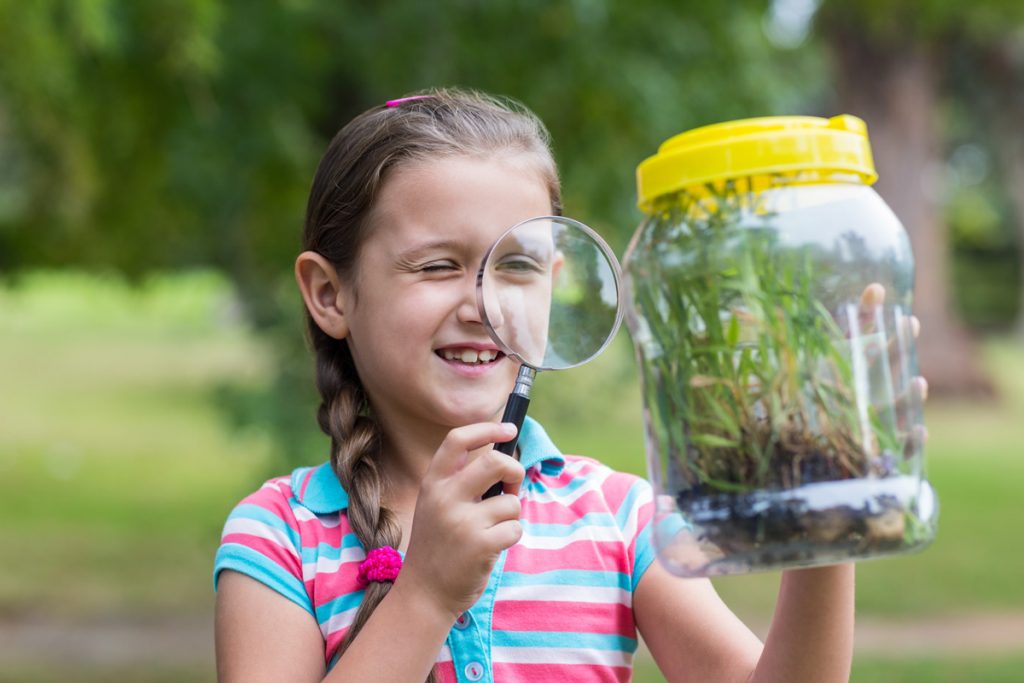Learning, experience and contact with the things that we have in childhood, is what may or may not arouse, with the passage of time, children’s interest in some themes or others. This is what happens with science, that many children end up arousing a lot of curiosity and others, on the contrary, none at all. In the first case, it is very likely that these children have had additional motivation or have faced much more enriching experiences with science . But how can we engage children in science, with fun and play-based learning activities, so that interest can arise in them?

Engaging children with dynamic learning experiences allows them to seek answers to their questions through exploration and experimentation , but it is also very important that parents and teachers are constantly attentive to those questions that may arise early on and that may remain unanswered if we do not attend. We must not forget that many times the first contact with science arises from a series of simple and innocent questions that usually include a “WHY”, such as knowing ” why the sky is blue “.
That as adults we learn to “satisfy” that innate curiosity that children have is fundamental, as well as that we do not restrict their need to experiment with everything that surrounds them , guaranteeing, of course, their safety at all times. Feeding children’s curiosity will help them to think critically, reason and develop logic, something that will be very useful throughout their lives, especially for science.
Fun activities to spark scientific curiosity
Helping children to explore, practice science in a fun way, and gradually respond to their own concerns and questions is essential to awakening their curiosity and love of learning, and in this case science . For this reason, below, we want to present you a series of ideas and experiments with which your little ones will have a great time and perhaps awaken their curiosity and their love for the scientific world. Go for them!
- Roots, plants and food. This activity will demonstrate how plants grow easily using just scraps of food. In turn, it can be the beginning for the little ones to set up a small garden at home or in the garden. The children can also write down the growth rate and the changes they observe in each plant . With this activity they will learn how roots develop and grow and how necessary the nutrients are for this. Placing growing plants in sunlight will also allow children to realize how critical it is for photosynthesis.

- Cloud in a jar. This activity demonstrates that with a bottle, ice, hot water, and hairspray, the conditions for cloud formation can be reproduced. Clouds need warm, humid air, as well as a cooling process and a catalyst to begin to form (in this case, the aerosol). By opening the lid of the jar, children can see how the cloud is released into the air. Creating a small-scale cloud will spark curiosity about meteorological formations and will also offer the opportunity to explore how water changes from a liquid to a gaseous state .
- Melted sugar candies. This simple experiment allows children to observe why and at what speed sugar dissolves in different solutions. Using candies with a fun shape (heart-shaped for example) and three full cups of water, vinegar and soda, or whatever other liquid you have on hand, children can watch their candies melt. You can also complete this activity by asking the children what they think will happen to the candies and why they dissolve differently in each liquid.
- Aquatic sounds. This activity fuses scientific principles with pure creative expression. Fill a series of glasses (plastic or glass) with different levels of water (in descending order) and tap them gently with small sticks or silverware. This experiment gives rise to a homemade water glass xylophone with which children can make music. In addition, it will be very interesting that, during the process, the children are thinking and writing down why they think that water creates different sounds in each glass. It will be a very fun concert!
- Colorful flowers. For this experiment we will need white flowers (it doesn’t matter which one), some glasses, food coloring, water and a little patience. By placing the flowers in the colored water, we can see how the flowers absorb the water through their stems, turning into colored flowers . The beautiful color change is a very simple scientific process that will amaze children. In addition, once the experiment is finished, the colored petals can be used for some other creative or decoration activity. Try something nice!

Children need to see, touch things, experience smells and tastes … and this is a way of dealing with the world closely related to science, although it may not seem like it. That is why it is very important that we help them in that interest and that, through fun experiences, children can play, learn and get closer to science forever.











































































































